Safety-Over-EtherCat Becomes Global Standard
Together with the IEC 67184-3 specification, the Safety-Over-EtherCat protocol has been accepted unanimously by the 27 national IEC committees. The Safety-over-EtherCat protocol is referred to as Functional Safety Communication Profile (FSCP) 12 in the IEC 61784-3 specification.
This standard defines the fundamental requirements of a communication system in terms of safety-relevant data transmission. It also defines potential errors whose occurrences have to be assumed and describes possible recognition and corrective measures.
The Safety-Over-EtherCat protocol was introduced by the EtherCat Technology Group (www.ethercat.org) and has been used in applications since 2005. The protocol is designed for applications up to the Safety Integrity Level (SIL) 3, according to IEC 61508. Safety communication and standard communication use a single bus system.
The Safety-Over-EtherCat protocol was specified for the transmission of safety-relevant data. It is used to send input information of safety sensors, such as safety light curtains or emergency stop buttons, to a safety logic controller. Based on these inputs, this controller computes the commands for the safe outputs, such as contactors or safety-relevant drives, and thus controls the safety functionality of the machine.
A "black channel" approach also can be used to ensure the safety quality is independent of the communication channel: EtherCat, Ethernet, other fieldbus systems, underlying sub-bus-systems and even wireless communication links are allowed.
This is confirmed by the certification of the notifying body TÜV SÜD and is used in practice. Safety-over-EtherCat data containers are routed via standard controllers and even gateways to neighboring systems where they are interpreted, allowing one safety domain to span the entire installation.
